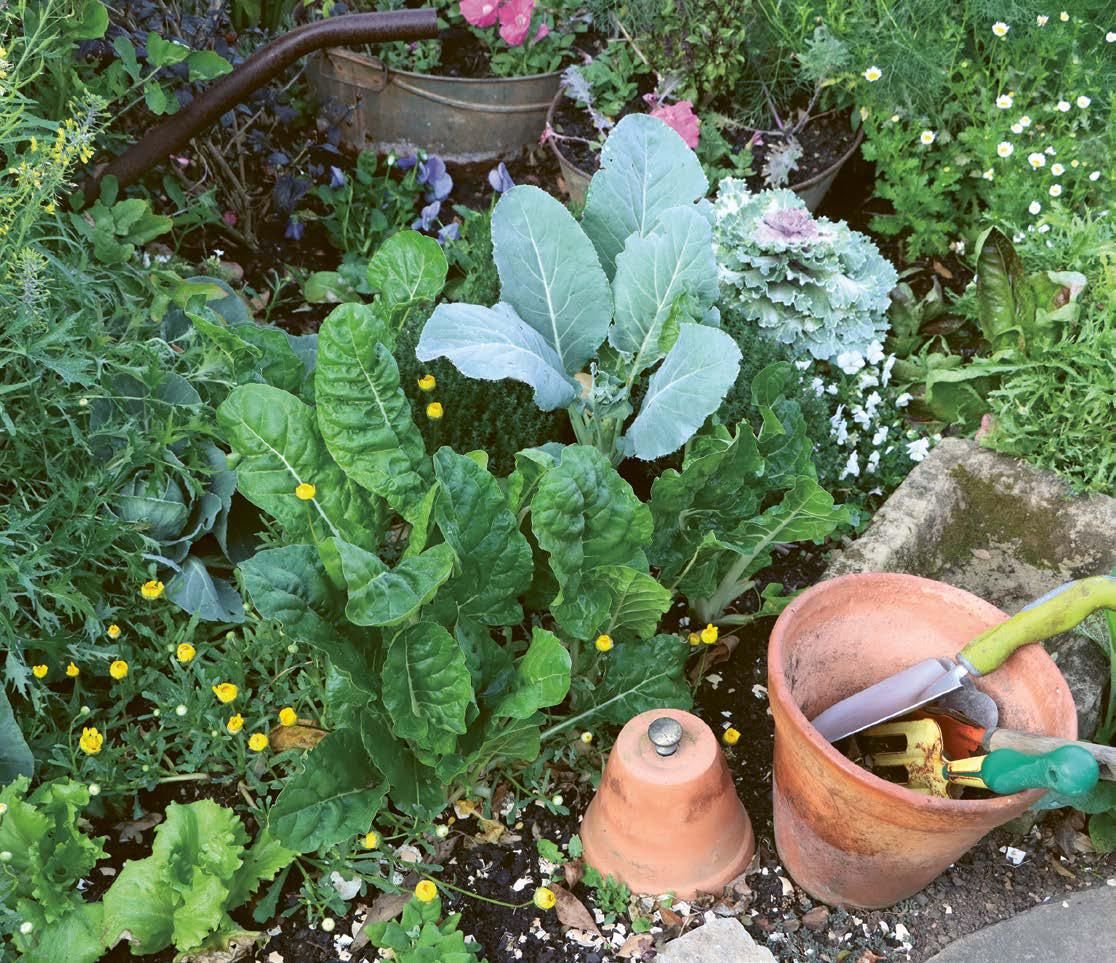
It is probably safe to say that most veggie gardeners practice companion planting in one way or another. It could be as basic as planting basil and tomatoes together, using nasturtiums as a trap crop for aphids or planting a border of marigolds to repel insects.
But did you know that you can take companion planting to another level? It is called polyculture, which means planting a mix of crops in a single space. It is an age-old practice that predates monoculture (single cropping) that was introduced with the advent of large-scale mechanised agriculture.
All the basics of companion planting apply in polyculture, such as using plants that have a beneficial effect on nearby plants, add nitrogen to the soil, as well as plants that either repel insects or attract pollinators and other beneficial insects.
But there is a difference. While companion planting will focus on a specific crop and companion plants that can be grown with it, polyculture looks at creating an eco-system in the same space by combining different plants that are of benefit to the whole.
The objective of polyculture is to make better use of space on a continuous basis, with greater biodiversity that leads to more stable yields.
An often-quoted example of polyculture is the 'three sisters' method of planting. It consists of maize that supports the climbing green beans, which in turn fix nitrogen in the soil and trailing squash (butternut or pumpkin) that provides shade for the roots of the maize and beans and supresses weeds.
Getting started
Polyculture can be applied to any space; a single bed or a whole veggie garden (once you get the hang of it) and even vegetables grown in containers. It can be extended to the flower garden too.
この記事は The Gardener の July 2023 版に掲載されています。
7 日間の Magzter GOLD 無料トライアルを開始して、何千もの厳選されたプレミアム ストーリー、9,000 以上の雑誌や新聞にアクセスしてください。
すでに購読者です ? サインイン
この記事は The Gardener の July 2023 版に掲載されています。
7 日間の Magzter GOLD 無料トライアルを開始して、何千もの厳選されたプレミアム ストーリー、9,000 以上の雑誌や新聞にアクセスしてください。
すでに購読者です? サインイン

Fixing things in 2025!
One should start a new year by sitting firmly on one's throne, not breaking it and falling off!
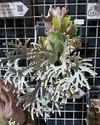
Silver staghorn ferns at platinum prices
When we think of a staghorn fern, Platycerium bifurcatum, which can be found in many South African gardens, usually comes to mind.

Tic Tac Toe
Keep children (and adults) busy for hours with this stylish game for the patio.
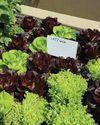
Let's change the way we think about food
Healthy food is all about preparing fresh ingredients in the simplest (yet tasty) way. Today's balanced diet includes lots of fiber, plenty of fruits and vegetables, and proteins in the form of meat, like lean pork. Keep it interesting, and you can't go wrong.

Grow Wayne's favourite things
Midsummer is when your garden is at its lushest. It's always playtime in the garden, and whether it's lying under a tree or finding more stuff to grow, gardens are our safe space for self-expression and joy.

THE BEST OF SUMMER
Summer annuals offer more than just colour, texture, and variety in a garden.
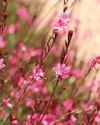
PLANT A COLOUR explosion!
Angelic angel wings and a dwarf morning glory can keep colour all around you from spring to autumn, and will be back to do it all over again next year...

SAVING TIME in the garden
Just like Jamie Oliver can teach us to cook a meal in 15 minutes, there are ways to garden in 15 minutes or less. Here are some of our top time-saving tips to make gardening easier, quicker and more fun.
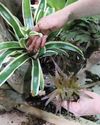
FUN PROJECTS for the New Year!
If you want a wow factor for your next party, try revamping a piece of driftwood into something amazing with these few steps.

Evolving for LONGEVITY
A continuously transforming garden has longevity, which is certainly true for the garden at Brahman Hills in the Midlands of KwaZulu-Natal.
